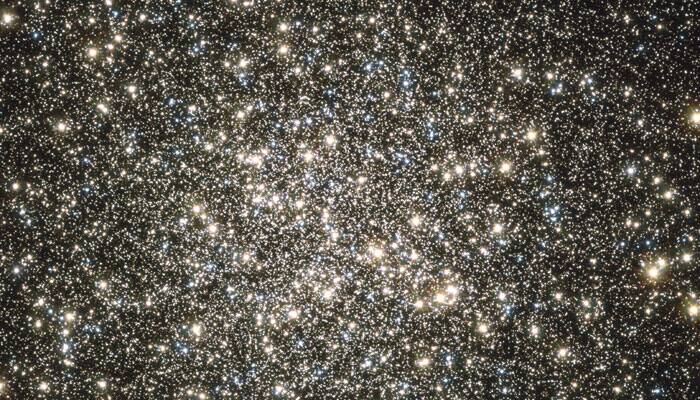Washington: Astronomers have set a new distance record by unveiling the farthest galaxy, which may be over 13 billion years old.
An international team led by Yale University and the University of California-Santa Cruz have pushed back the cosmic frontier of galaxy exploration to a time when the universe was only 5 percent of its present age, and discovered an exceptionally luminous galaxy, EGS-zs8-1.
They determined its exact distance from Earth using the powerful MOSFIRE instrument on the W.M. Keck Observatory`s 10-meter telescope, in Hawaii. It is the most distant galaxy currently measured.
The galaxy was originally identified based on its particular colors in images from NASA`s Hubble and Spitzer space telescopes. It is one of the brightest and most massive objects in the early universe.
Lead author of a study, Pascal Oesch, said that it had already built more than 15 percent of the mass of our own Milky Way today. But it had only 670 million years to do so. The universe was still very young then.
The new distance measurement also enabled the astronomers to determine that EGS-zs8-1 is still forming stars rapidly, about 80 times faster than our galaxy.
Only a handful of galaxies currently have accurate distances measured in this very early universe, and Pieter van Dokkum, second author of the study, said that only the largest telescopes were powerful enough to reach to these large distances.
Taken together, the new Keck Observatory, Hubble, and Spitzer observations also pose new questions. They confirm that massive galaxies already existed early in the history of the universe, but they also show that those galaxies had very different physical properties from what is seen around us today. Astronomers now have strong evidence that the peculiar colors of early galaxies-seen in the Spitzer images-originate from a rapid formation of massive, young stars, which interacted with the primordial gas in these galaxies.
The observations underscore the exciting discoveries that are possible when NASA`s James Webb Space Telescope is launched in 2018, note the researchers. In addition to pushing the cosmic frontier to even earlier times, the telescope will be able to dissect the galaxy light of EGS-zs8-1 seen with the Spitzer telescope and provide astronomers with more detailed insights into its gas properties.
The study is published online in Astrophysical Journal Letters.
















